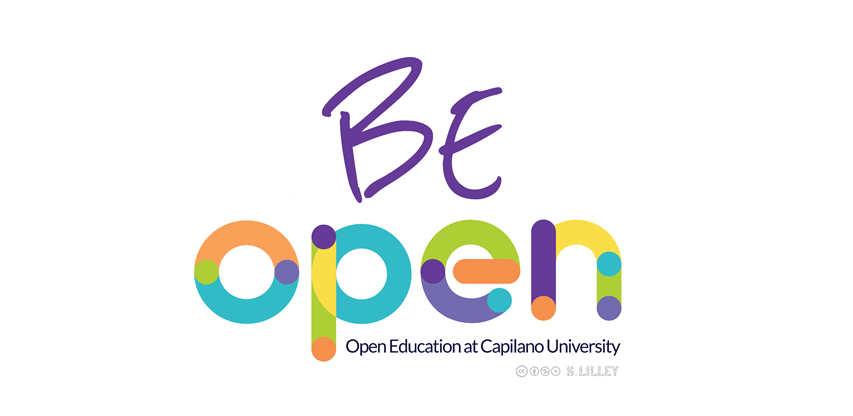By Peter Sinclair, PhD
As faculty members, we want to give our students the tools they need to succeed. In many subjects, one of those tools is a textbook. Textbooks provide a presentation of course material that can be different than what students see during class time, along with opportunities for supplementary readings and practice problems. However, many students avoid buying textbooks, even when they are required.
The reason for this is obvious: textbooks are expensive. The cost of higher education is rising and has been for decades. According to a 2015 Statistics Canada survey, recent graduates of Bachelor degree programs in BC had an average debt of $30,000. A lot of this debt goes towards housing and tuition costs, which we as faculty can’t do much about. However, we do have control over the textbooks that we choose.
While textbooks have a much smaller impact than housing and tuition, students are still asked to spend hundreds of dollars each term on textbooks. Over the course of a four year Bachelor degree, this could easily add up to 10% or 20% of the average debt load of a graduating student. There are a number of ways that students can try to reduce the cost of textbooks, such as acquiring used or past-edition textbooks instead of brand new ones. But in many cases, students simply decide not to buy textbooks unless they are absolutely necessary, which has the potential to impact their success in the course.
Rather than put the burden on our students to try to cut costs where they can, we as faculty members can choose textbooks and other resources that don’t cost hundreds of dollars each term. There are a number of open (free) resources available for a variety of subjects, and each year they improve in quality and quantity. Open textbooks are also free to be reproduced, so physical versions can be printed by Print Services and sold in the bookstore at cost; for a black-and-white textbook, this comes out to around $20 per book.
The Math & Stats department, we have been moving towards using open textbooks in nearly all of our courses. Our introductory statistics course has been using an open textbook for the past few years and one of our instructors recently created customized open textbooks for our two introductory algebra courses during a Paid Education Leave. In Fall 2020, we expanded our use of open textbooks to include our first year calculus courses, so all of our first year courses for STEM students now use open textbooks.
Of course, it might not always be possible to find an open textbook that matches perfectly with a course, but almost all open resources are published under Creative Common Licences, which allow instructors to modify them as needed. You could make modifications to a single book or use a different resource for each unit of the course; it’s completely up to you! Open textbooks can also be complemented by short excerpts (up to 10% or one chapter) from copyrighted works, under the fair dealing provision of the Copyright Act.
Thanks to an Open Education grant from BCcampus, I am privileged to be working as part of a team promoting the use of Open Resources in Capilano’s new degree programs. If any of the advantages of open textbooks resonate with you, please reach out! If you send me a message at petersinclair@capilanou.ca, I would be happy to help you look for resources and discuss strategies for adapting what you need to create the perfect fit for your students.
———————————————————————————————————————————————————-
[1] Statistics Canada. Table 37-10-0036-01 National Graduates Survey (NGS), student debt from all sources, by province of study and level of study
[1] Capilano Library. https://libguides.capilanou.ca/copyright/fair-dealing

Thanks for highlighting the need for OER textbooks Peter! I anticipate that in the Psychology Department there will be a broader shift to the use of them in 2nd, 3rd and 4th year courses as well. The cost saving measures is an excellent point as well as the control over the content that OER textbooks give the instructor. It’ll be interesting to see if OER open and renewable assignments also start to catch on a bit more.